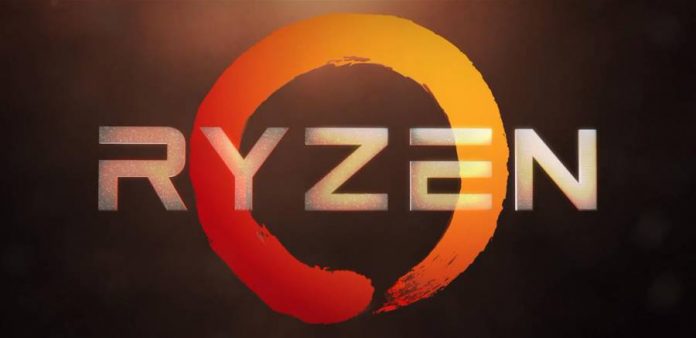
Tech giant AMD held a live-streamed event to showcase the power of its new Ryzen processor, designed for desktop computers and sporting an impressive octa-core, 16 thread architecture with top speed benchmark starting at 3.4GHz.
The New Horizon Event featured the unveiling of this new family of processors, tested over many applications like the Blender open-source 3D animation software, video transcoder Handbrake (also open-source), and ‘Battlefield 1,’ ‘Dota 2,’ and the Rogue One DLC of ‘Star Wars: Battlefront.’
The Ryzen processors are not available yet, but the company said they could hit the stores somewhere in the first quarter of 2017.
There is no official price for any of its variants, but the Intel i7-6900K is about $1,100, and Ryzen might follow closely.
AMD Ryzen vs. Intel’s i7-6900K
The featured processors boast 4MB of L2 and 16MB of L3 cache, with its many other details (including the ones relating to PCIe) yet to be confirmed.
However, the company managed to impress the audience by pitching the Ryzen against an Intel i7-6900K to demonstrate its improved performance.
AMD’s new internal CPU architecture did an excellent job at rendering its logo through Blender without boosting, and the competing Intel processor seemed to win by less than a second, though the company did not release official time measurements.
The company is still improving these chips, and the fact they can compete so closely with premium Intel rivals only means a bright future for the Ryzen family. Most reviewers expect the chipset to surpass Intel’s capabilities when it is finally out on the market.
Intel’s chips have better heat resistance, which gives them more Thermal Design Power (or TDP), a feature that allows them to perform efficiently during heavy CPU workloads.
What this initial testing shows is that even with lower thermal resistance, the Ryzen can go head-to-head with Intel’s most expensive processor.
AMD’s Ryzen is ready for 4K gaming
After beating Intel in Handbrake video transcoding, the processor’s showcase moved towards games, starting with 4K Battlefield 1 campaign at maximum quality. The results were remarkably similar, again highlighting the perks of what is only a prototype.
The same happened with other comparisons done with different games, which harbored mostly personal results. However, a 3D sculpting and painting demonstration, done entirely within a user-made mixed reality environment in ZBrush, left viewers in awe.
The company used Vive hardware for the showcase, rendering a top of 53 million polygons at the event using another 3D software, KeyShot.
Source: AMD










